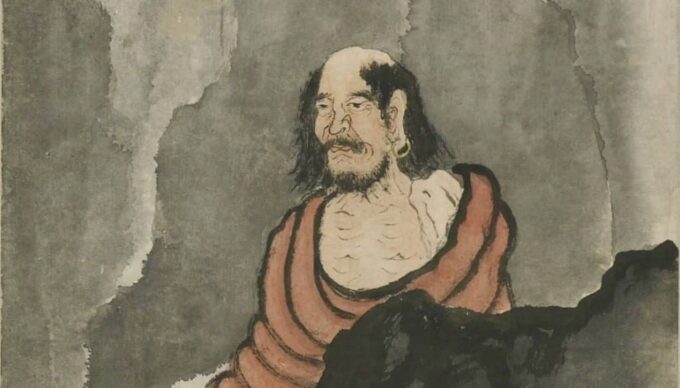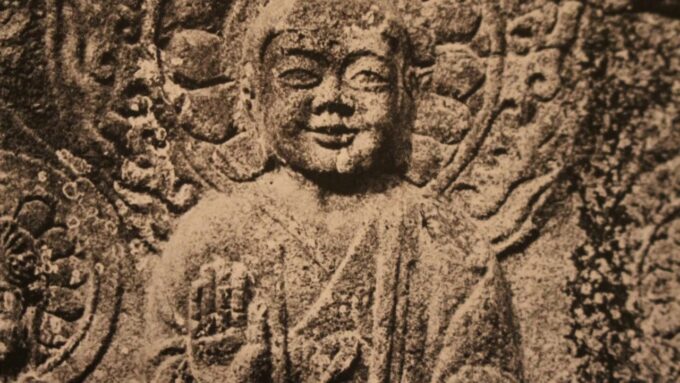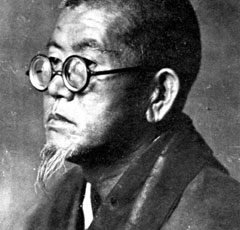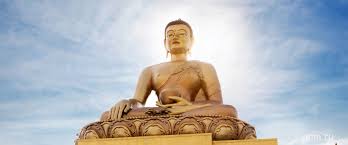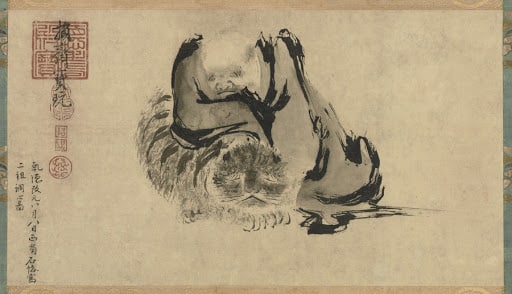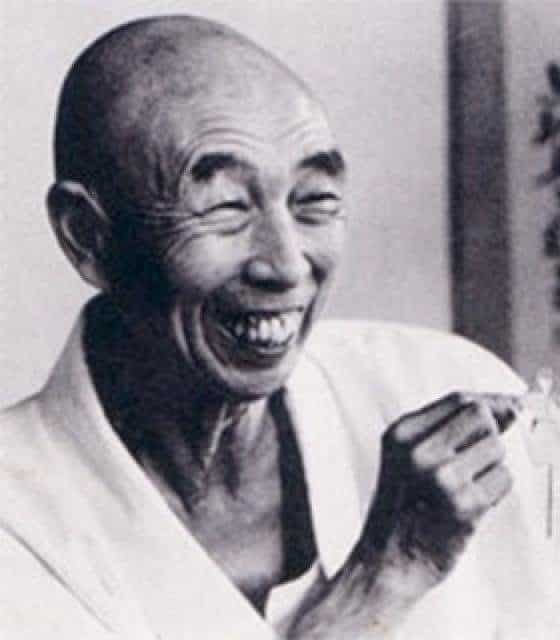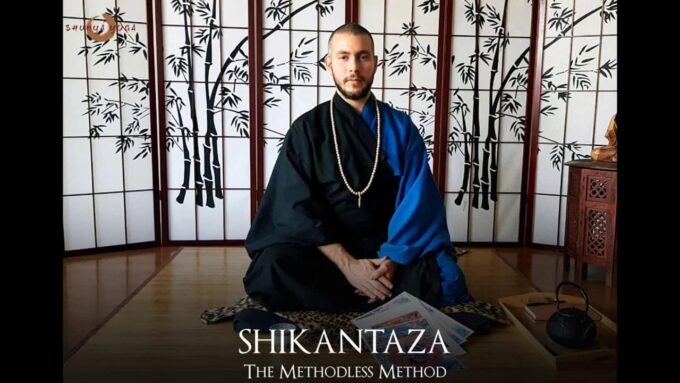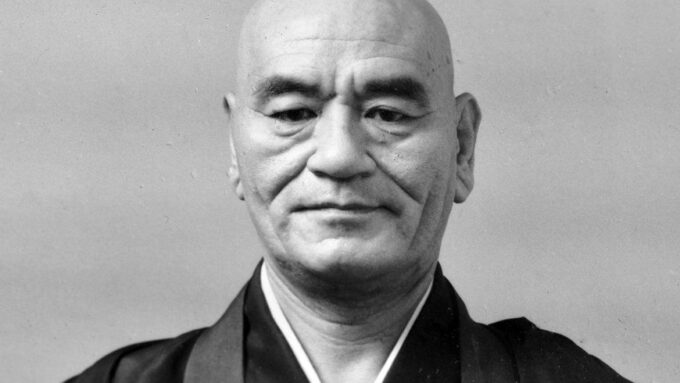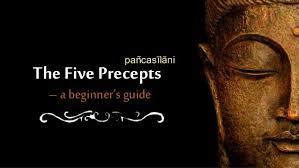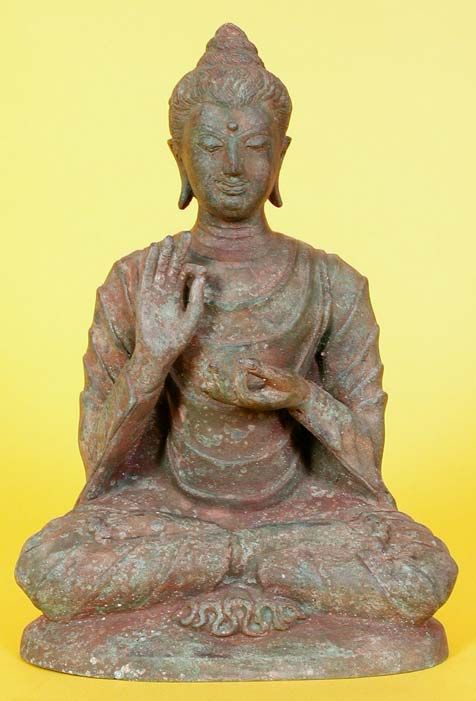Category: Resources
According to The Transmission of Light (‘Denkoroku’) attributed to the 13th century Japanese Zen master Keizan (1268-1325), Bodhidharma (Tamo to the Chinese; Daruma to the Japanese) was born around …
The Laṅkāvatāra Sūtra is one of the most important sutras (sacred texts) of Mahayana Buddhism. According to tradition, these are the actual words of the Buddha as he entered …
Santoka is considered a unique proponent of “free-style” haiku poetry, a mode that abandoned much of the customary form and subject matter of traditional haiku in favor of a …
Bodhisattva is literally a living being (sattva) who aspires to enlightenment (bodhi) and carries out altruistic practices. The term ‘bodhisattva’ literally means ‘one who has enlightenment as his/her essence’, …
Daman Hongren (Hong Ren or Hung-jen) was the well-known disciple of the Fourth Patriarch, Daoxin (Tao-hsin). He was the man history has given the title of Fifth Patriarch of …
by Daitsu Tom Wright* *extract of the book Opening the Hand of Thought by Kōshō Uchiyama Kōshō Uchiyama One of the most challenging teachings of Buddhism and of Kōshō Uchiyama Roshi’s …
1. Shikantaza as the essential doctrine of Soto Zen Buddhism In the Sotoshu Constitution (Sotoshu Shuken), Soto Zen Buddhist doctrine (Shushi) is set down as “. . . abiding …
Half a century passed since Bodhidhama of Modern Times or Master Taisen Deshimaru brought the Zen practice to Europe. He opened a new chapter in Europe’s spiritual environment, by …
The Five Precepts – termed as pancasila in Pali, constitute the basic ethical guidelines taught by the Buddha for lay practitioners. They are known as the “basic” precepts as …
If we know what to look for, we can tell the meaning of a Buddha Statue by looking at the pose / posture, and the accompanying hand gestures, called …
